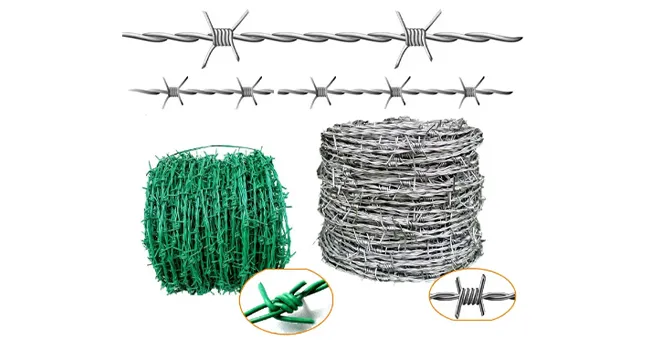-
 Phone:
Phone: -
 Email:
Email:

rock netting
The Benefits and Applications of Rock Netting in Erosion Control
Rock netting, a practical solution for soil erosion control, has gained popularity in various sectors, including civil engineering, agriculture, and environmental conservation. This innovative technique combines traditional erosion control methods with modern technology, providing an effective means of stabilizing slopes, preventing landslides, and promoting ecological balance.
Understanding Rock Netting
Rock netting refers to the use of mesh-like materials, often made from high-strength steel or synthetic fibers, to secure rocks and boulders onto slopes or unstable terrain. This technique is primarily employed in areas prone to erosion, where heavy rainfall, wind, and human activity can lead to significant soil loss and environmental degradation. The netting system works by holding rocks in place, reducing the speed of surface runoff, and thereby allowing vegetation to establish.
Applications in Erosion Control
The versatility of rock netting makes it suitable for various applications. In civil engineering, it is often utilized in the construction of roadways, highways, and railways, where maintaining the integrity of slopes is crucial for safety. Here, rock netting helps to prevent road closures and accidents caused by landslides, ultimately saving time and resources.
In agricultural settings, farmers use rock netting to protect slopes in vineyard and orchard sites, where soil erosion can lead to loss of fertile land. This technique helps to maintain soil quality by promoting water retention and creating conditions conducive to the growth of essential vegetation that establishes root systems strong enough to hold the soil in place.
Environmental conservation projects also benefit from rock netting. By stabilizing riverbanks and coastal areas, rock netting minimizes the detrimental effects of erosion on aquatic ecosystems. The protection of these environments is critical to preserving biodiversity and maintaining water quality.
Advantages of Rock Netting
rock netting

One of the primary advantages of rock netting is its cost-effectiveness. Compared to traditional erosion control methods, such as concrete walls or retaining structures, rock netting is relatively inexpensive to install and maintain. The materials are durable and require minimal upkeep, allowing for long-term solutions without significant financial burden.
Moreover, rock netting is environmentally friendly. The netting allows for natural vegetation to grow through, promoting biodiversity rather than disrupting it. This characteristic is particularly essential in areas where the goal is to restore ecosystems and improve habitats for wildlife.
Another significant benefit of rock netting is its flexibility. The technique can be adapted to various environments and terrains, making it suitable for diverse landscapes, from mountainous areas to coastal regions. This adaptability means that it can be designed to meet specific project requirements, enhancing its effectiveness.
Challenges and Considerations
Despite its many benefits, rock netting is not without challenges. Proper installation is crucial; if not executed correctly, the netting may fail to hold the rocks securely, rendering the project ineffective. Therefore, it is essential to engage professionals with expertise in erosion control to ensure the best outcomes.
Additionally, while rock netting can enhance soil stabilization, it should be part of a broader erosion control strategy that includes appropriate vegetation management and water runoff control measures. Integration with other erosion control techniques will lead to more comprehensive protection against soil erosion.
Conclusion
In summary, rock netting is a valuable technique in the fight against soil erosion. With its diverse applications in civil engineering, agriculture, and environmental conservation, rock netting presents a cost-effective, environmentally friendly solution. As awareness of environmental issues continues to grow, the adoption of innovative methods like rock netting will play a vital role in sustainable land management. By embracing these technologies, society can better protect its natural resources for future generations while promoting the health of our ecosystems. Whether on steep hillsides or riverbanks, the benefits of rock netting are clear, transforming vulnerable landscapes into resilient environments.
-
Wire Mesh for Every Need: A Practical SolutionNewsJul.25,2025
-
Steel Fences: Durable, Secure, and Stylish OptionsNewsJul.25,2025
-
Roll Top Fencing: A Smart Solution for Safety and SecurityNewsJul.25,2025
-
Cattle Farm Fencing Solutions for Maximum SecurityNewsJul.25,2025
-
Affordable Iron Binding Wire SolutionsNewsJul.25,2025
-
Affordable Galvanized Wire SolutionsNewsJul.25,2025
-
Wire Hanger Recycling IdeasNewsJul.25,2025








